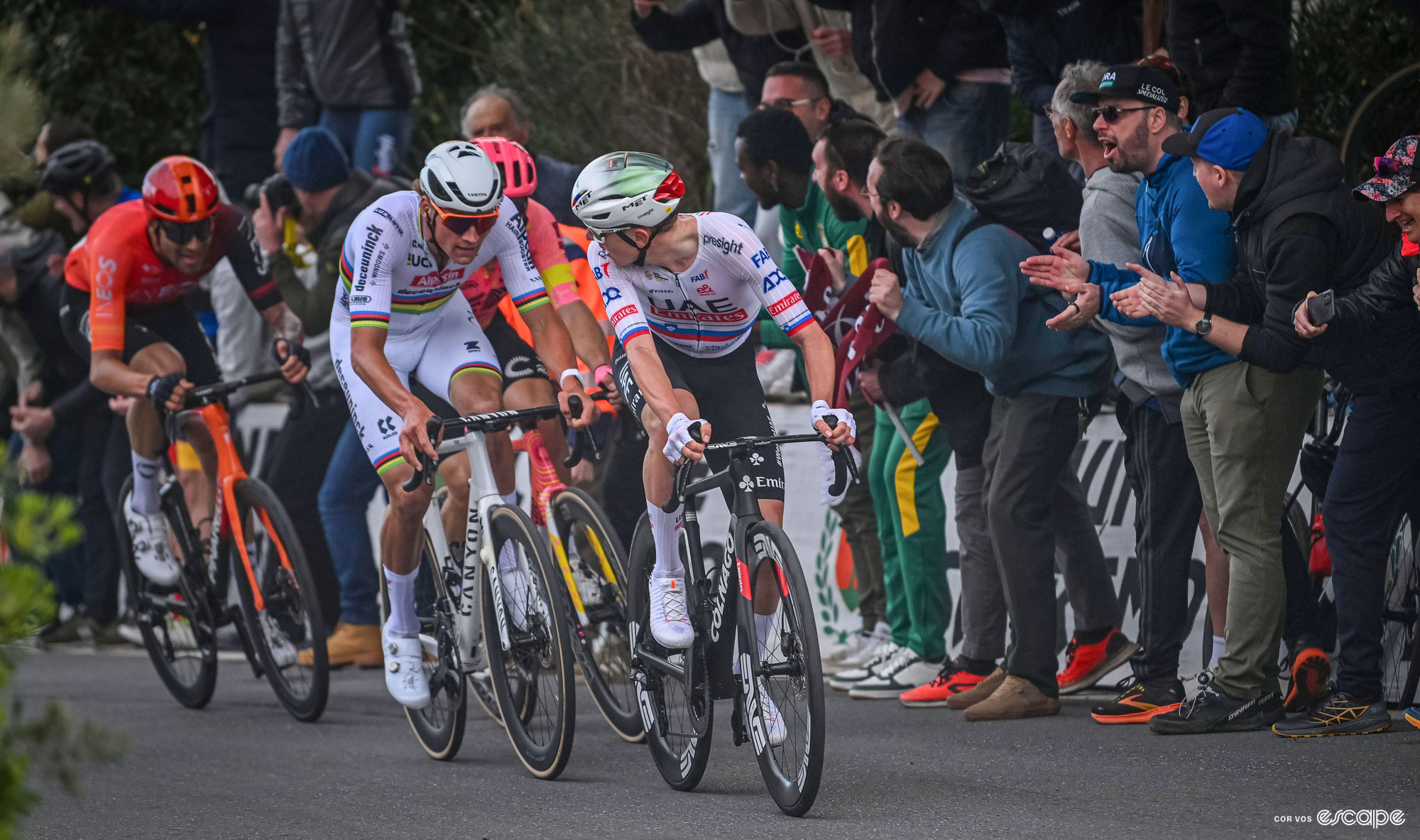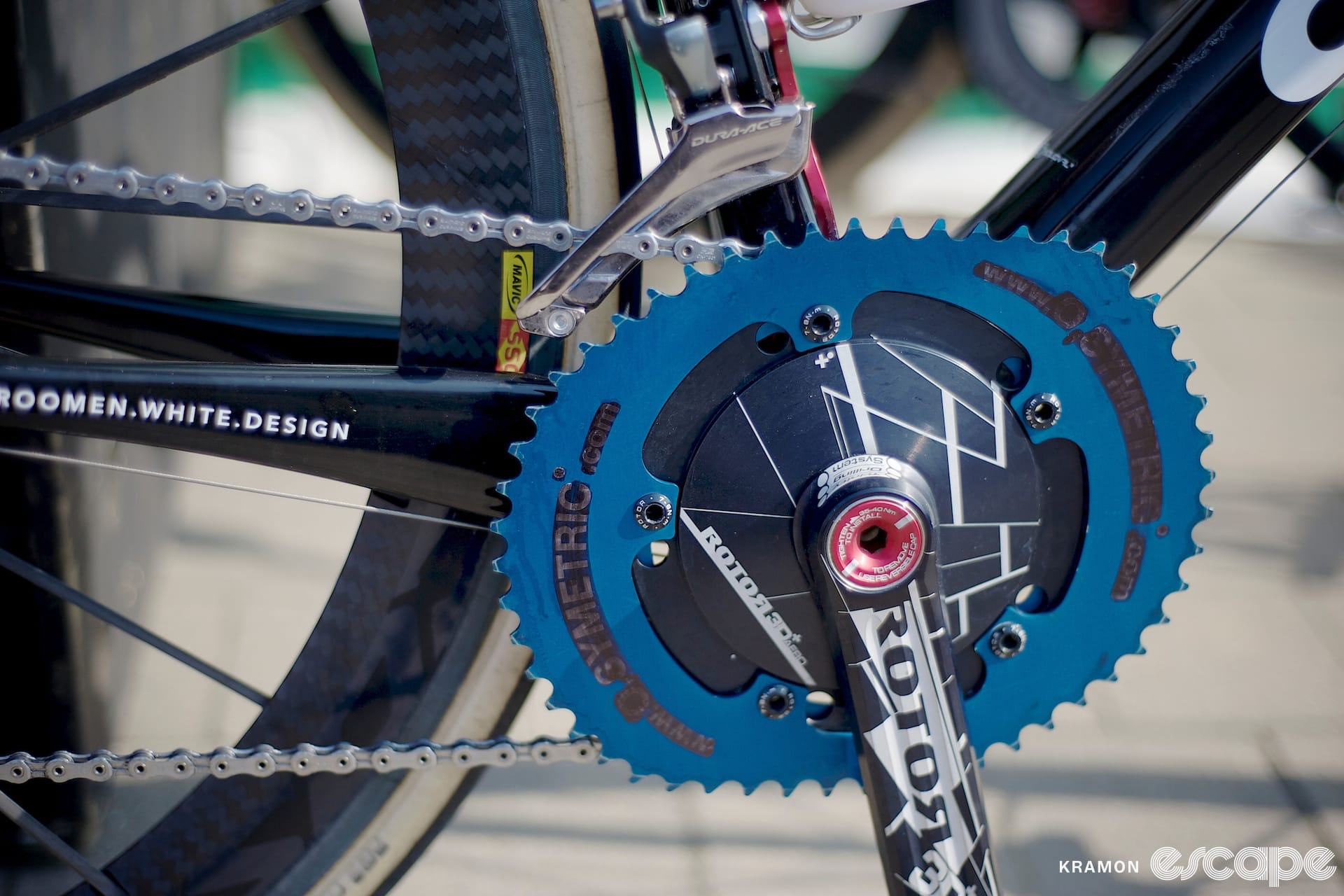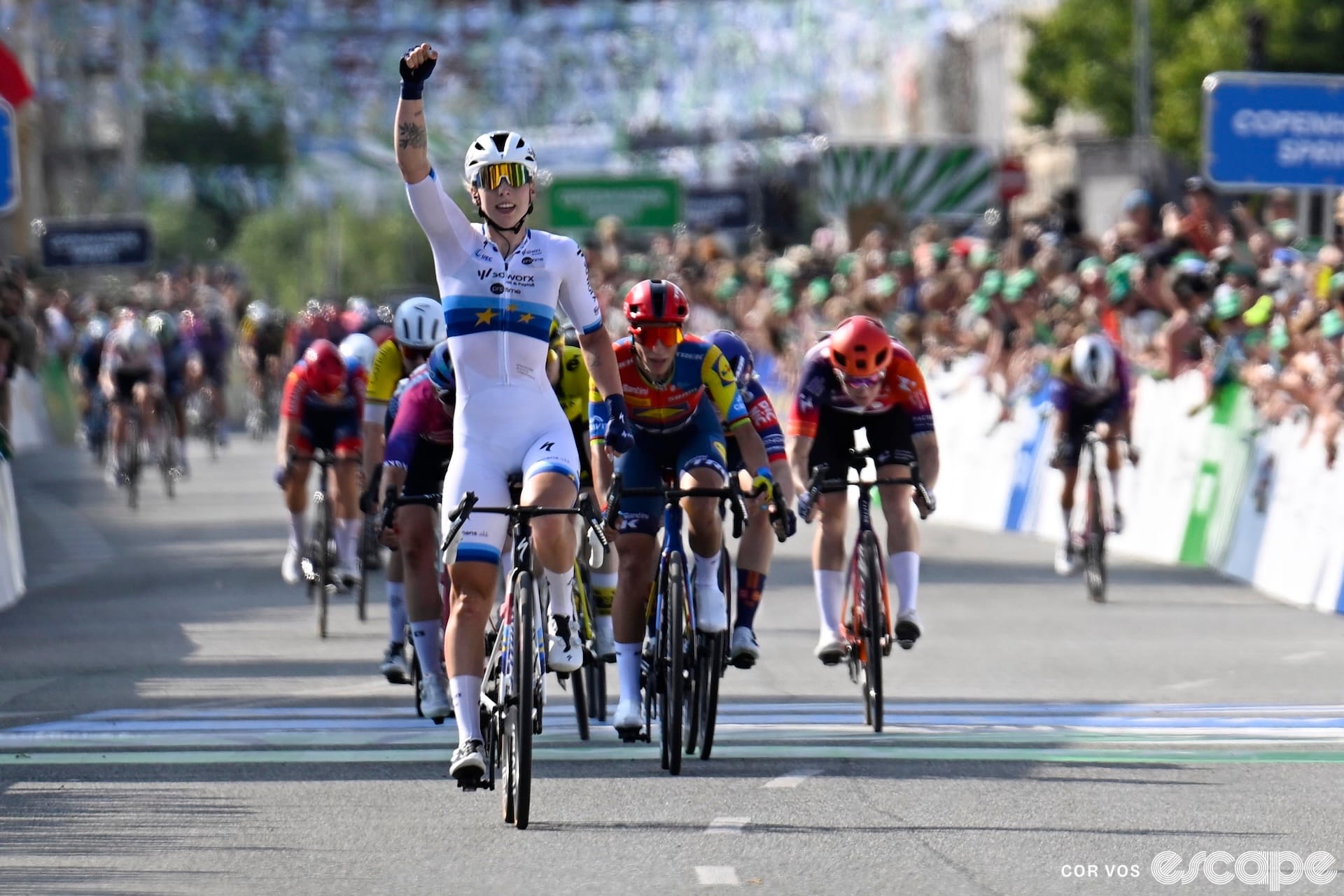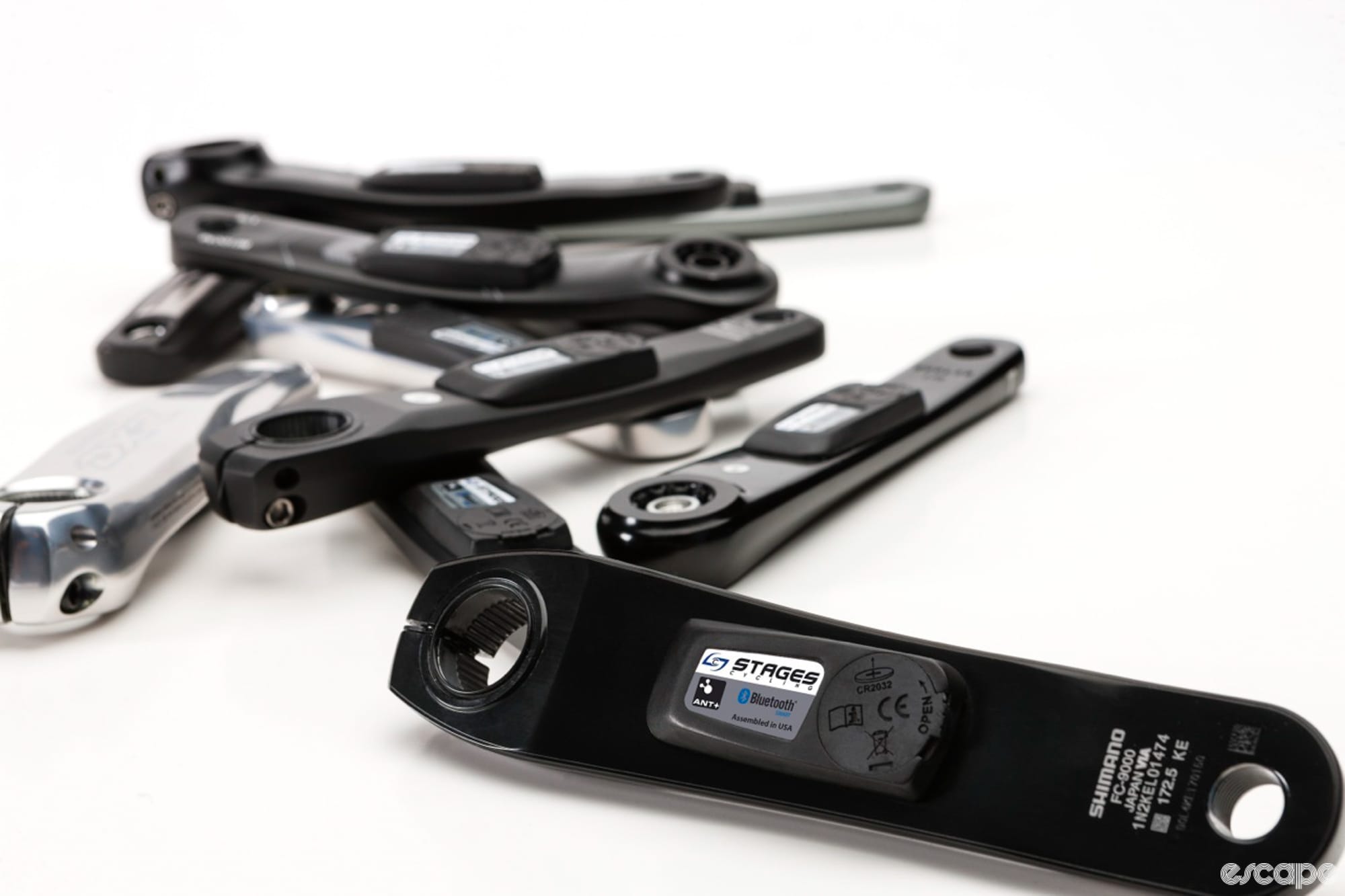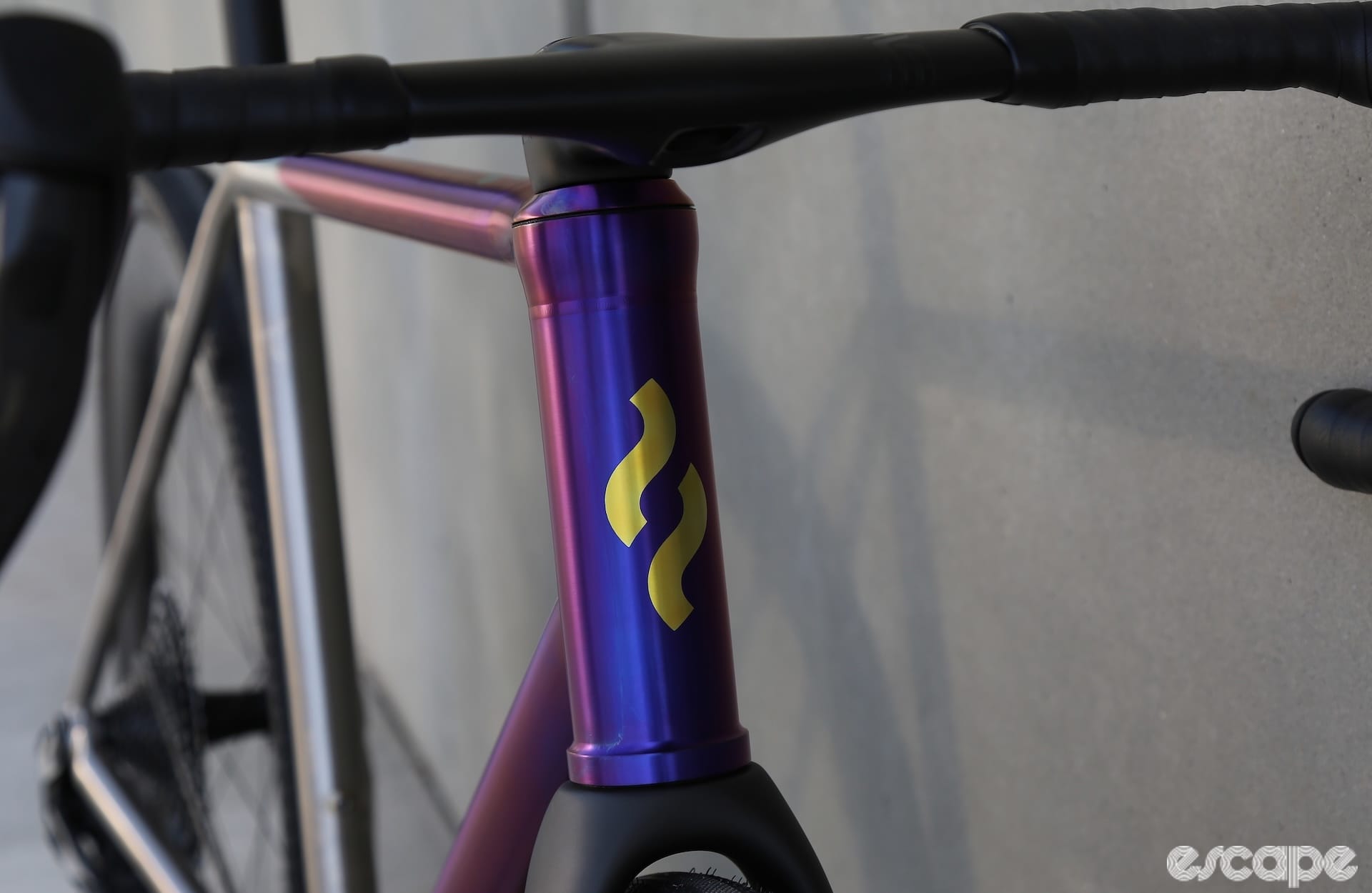The best plan for Milan-San Remo is more than one of them.
To the immense credit of Alpecin-Deceuninck, they were one of the few capable of heeding this advice on Saturday. To their further credit, they were able to seamlessly swap between strategies, the rider at the center of each tactical option fully aware of his role and prepared to do what was necessary.
At the center of one strategy, the defending champion. Mathieu van der Poel was in his first road race of the season, a nice 300 km jaunt to open the legs. The punchy climbs to San Remo are perfect for him; he can be relied upon, at the very least, to not get dropped. Even in his first race of the year, there is hardly a surer bet for a front-group finish.
The second plan: Jasper Philipsen. The sprinter. Though his second place at Paris-Roubaix last year proved beyond any doubt that he is so much more. The Philipsen plan is higher risk, high reward. He’s more likely to fall back on the Poggio, or even the Cipressa had UAE Team Emirates done as they threatened to do. He’s also more likely to win if he manages to hang on.
Plan A and Plan B. Or is it the other way around? It's clear, in hindsight, that Philipsen was plan A all along. Van der Poel played a useful foil, raw power to Philipsen's fast kick; a distraction and a rainbow-banded rope used to tie the front group together as it desperately tried to tear itself apart.
All eyes naturally fall to Van der Poel, resplendent in white shorts and rainbow bands. And he was given some freedom to follow attacks, as a sort of hedge against Philipsen losing a wheel on the Poggio. But he never initiated anything, and when both made it over the top, the team pivoted.
“Coming down the Poggio, I saw Jasper was there,” Van der Poel said after the race. “He told me still had good legs, so I knew what to do.”
'What to do' was close gaps, follow wheels, and ensure nothing escaped. Including Tadej Pogačar. Van der Poel kept him on a leash on the Poggio, followed him down the descent without taking a turn, and single-handedly neutralized the rider most likely to spoil the small-group sprint Alpecin desired.
Pogačar even gave him the elbow flick near the top. But no luck. Both sat up moments later, which was the moment Philipsen regained contact.
At two kilometers to go, just as the descent of the Poggio flattens out, Matej Mohorič (Bahrain Victorious) launched up the right-hand side. Van der Poel took a glance behind, spotted his denim-clad teammate on the wheel of Michael Matthews, put his head down, and chased.

Van der Poel closed that gap. Next up was Matteo Sobrero (Bora-Hansgrohe), followed by Tom Pidcock (Ineos Grenadiers). Van der Poel again hit the front, closing both down. Philipsen sat behind, surfing wheels. Lidl-Trek’s Jasper Stuyven — who may have held a similar role to Van der Poel a few years ago, but now would not be mistaken for a viable alternative to Mads Pedersen —took over and overhauled Pidcock, setting up the sprint.
When riders win solo at Milan-San Remo, it is usually through what we like to call Group Two Syndrome. The second group looks at each other, a standoff in which no rider is willing to risk losing in order to win, and thus the whole group never returns to the front. It can last only a moment, but that is enough. If Sobrero or Pidcock had won this year, for example, it would have been because of that momentary sit-up, a brief pause that shifted momentum irrevocably to the attacker. What Van der Poel did for his team and his teammate, more than anything, was ensure Group Two Syndrome could never take hold. There was always somebody to chase.
The best plan for Milan-San Remo is more than one of them, but the other requirement is for riders to think on their feet, switching modes quickly based on the scenario at hand, and trust each other. Perhaps there was a moment, as he chased Pogačar over the top of the Poggio, when Van der Poel thought this might be his ticket to back-to-back wins. But if so, he quickly put that thought aside and set about his task: hold this group together, through brute force if necessary. His strength allowed Philipsen to shine.
“I mean, I could have sprinted, maybe myself as well,” Van der Poel said. “But I think we are honest to each other, and if he says he has really good legs, I believe him. And he proved it.”
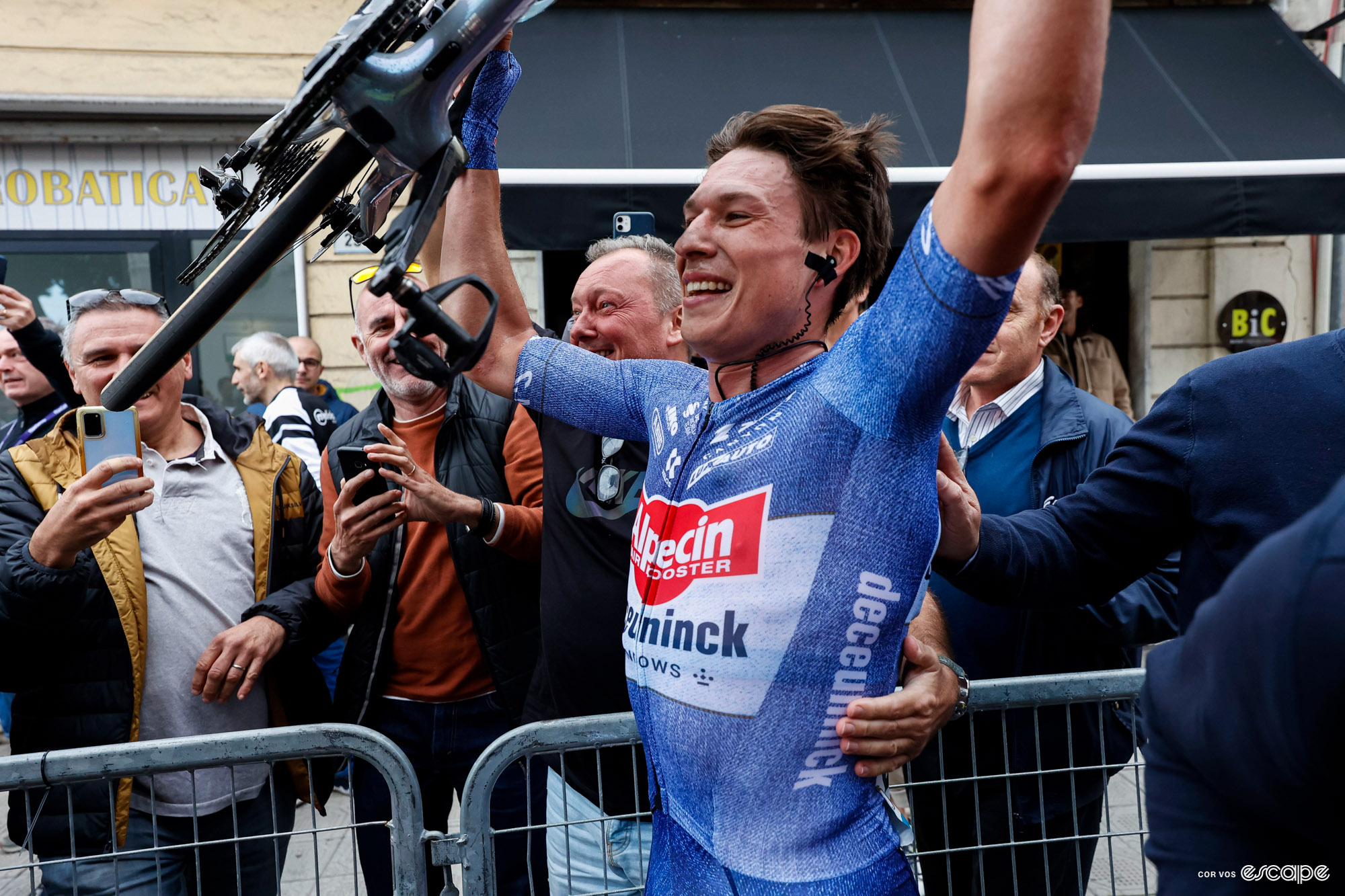
Did we do a good job with this story?

